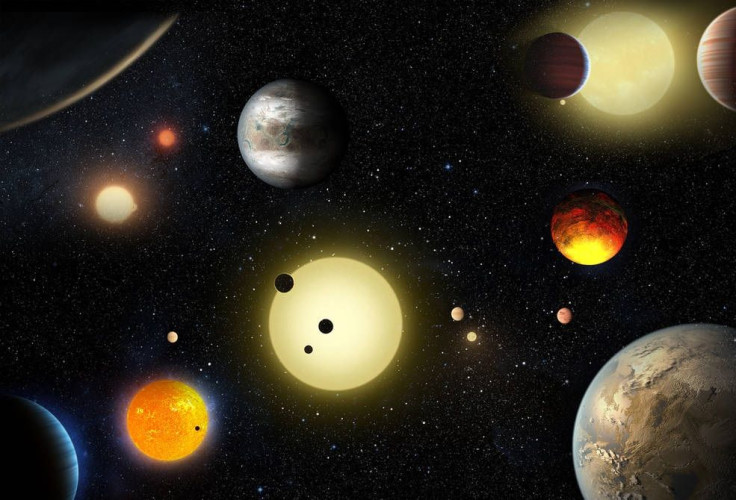NASA’s Kepler Space Telescope discovers 1,284 new planets, not alien life

Contrary to the expectations of conspiracy theorists, the Tuesday teleconference made by the National Aeronautics and Space Administration (NASA) did not confirm the existence of alien life. Instead, it announced that the agency’s Kepler Space Telescope has verified the existence of 1,284 new planets.
The discovery is the single largest finding of planets to date, says Ellen Stofan, NASA chief scientist. It more than doubles the number of confirmed planets from Kepler and provides hope of discovering another habitable planet like Earth.
Since July 2015, NASA’s planet catalog identified 4,302 potential planets. After analysis, NASA was 99 percent sure the 1,284 meet the minimum requirements to earn the status of a planet, based on its size, orbital period and mass, reports The New York Daily News.
There is a second group of planet candidates made up of 1,327 which met also the 99 percent minimum benchmark, but the space agency is not convinced these are planets and would hold another study in the future to verify the candidates. Another 707 candidates did not meet the minimum requirement and were considered other astrophysical phenomena.
The discovery opens the possibility that there could be more planets than stars. “This knowledge informs the future missions that are needed to take us ever-closer to finding out whether we are alone in the universe,” says Paul Hertz, director of NASA’s Astrophysics Division. His statement does not close the door to the possibility that alien life exists, but the space agency is not confirming anything.
Of the 1,284 confirmed new planets, 550 are rocky planets similar to Earth, nine orbit in their Sun’s habitable zone. The confirmation brings to more than 3,200 the number of planets verified, of which 2,325 were discovered by Kepler.





















